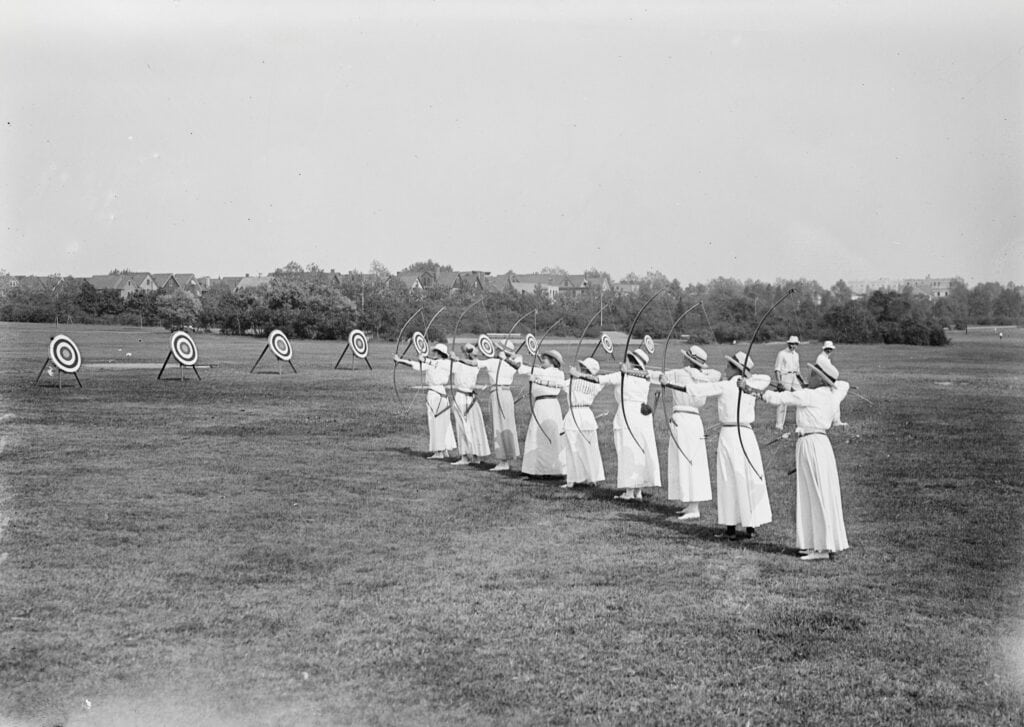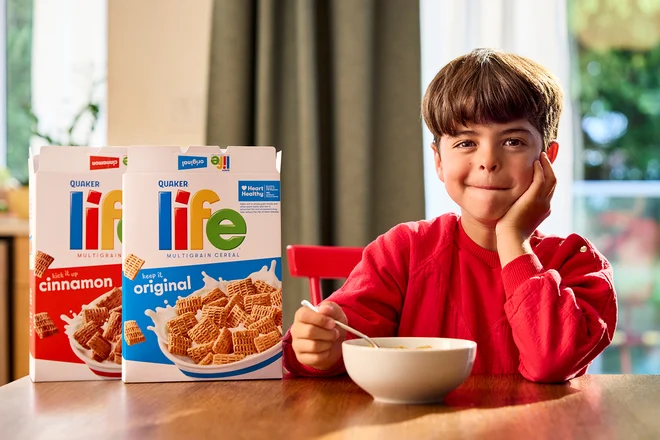
Image courtesy of IMDB
What’s up with horror movie marketing? It feels like recently production companies have absolutely been on point with the way they market their horror movies. And apparently we have a new horror icon in Art the Clown? Are Jason, Freddy, Pennywise, and Chucky not enough? What about Pinhead, Leatherface, Michael Myers, and Ghostface? I guess it’s about time we had a more recent horror icon, but of course it’s a damn killer clown.
There are really three horror movies that we’re impressed by in regards to their marketing. Smile is one of those creepy films where people just smile for whatever supernatural reason. And you’ve seen their marketing campaigns. If you turned on an event, like an award show or baseball game, there’s a good chance you saw people staring at the camera and smiling. It was creepy and unsettling, but it made you think about Smile.
Then there was the recently released Terrifier 3. While I’m not one for a slasher movie, I have to give it to the marketers of this film. They used the insane reactions of people vomiting and passing out to promote the film. Who does that? Genius marketers, that’s who. Why? Because it increases the intrigue of the film, and in tandem with graphic behind-the-scenes footage and graphic trailers, the anticipation and controversy caused people to want to see what all the buzz is about.
And finally, there’s Longlegs with Nicholas Cage. I love this marketing strategy because it hits home exactly what we’ll talk about with immersive marketing. Through cryptic messages, newspaper ads, and fake blog posts, marketers and promoters of Longlegs gave the audience a way to interact with the film, some without even knowing it. But this unique approach was enough to stand out. The movie was a success and people praised the marketing campaign.
What Role Does Immersive Marketing Play in Horror Movie Success?
Let’s start with what immersive marketing is. This strategy fully engages consumers by immersing them in the brand’s world. With a CPG brand, for example, this can build stronger connections, increase brand loyalty, and ultimately, drive more sales.
But we’re talking horror, so let’s break that down. Smile’s marketing campaign where people would randomly smile at popular events put people into the world of the movie. If you saw someone overtaken by this evil smile ghost or whatever it is, that look from the marketing campaign is the exact look you’d get in real life. Or with Longlegs, when they’d put those cryptic messages that audience members saw online or in print, it put people into this world of mysterious messages that they were actually reading in real life.
We won’t harp on this point too much, but the success of immersive marketing is that you’re placed into a real-life version of the movie. All the shock, the scares, the violence—it could happen to you and that’s f*cking terrifying.

















